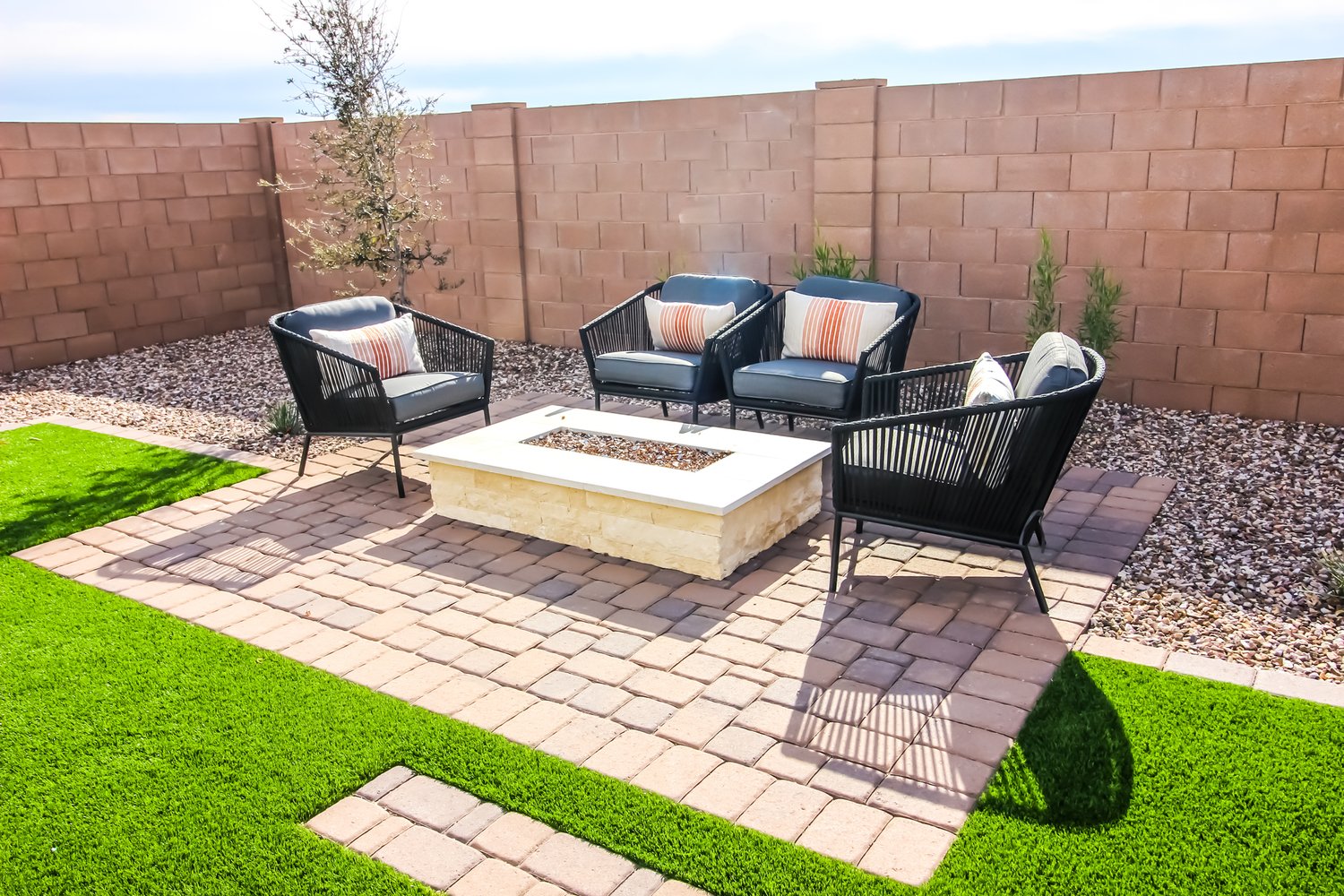Stamped concrete has revolutionized outdoor hardscaping by offering homeowners the ability to achieve the look of expensive materials like stone, brick, or slate at a fraction of the cost. This versatile surfacing option uses concrete that is poured and then imprinted with patterns and textures before it fully cures. For homeowners considering a decorative concrete patio or patterned concrete driveway, understanding both the advantages and limitations is essential for making an informed decision. This article explores the aesthetic possibilities, practical considerations, and long-term implications of choosing stamped concrete for your outdoor spaces.
What Is Stamped Concrete?
Stamped concrete is a decorative technique that transforms ordinary concrete into surfaces that mimic high-end materials. The process begins with pouring a concrete slab, then applying color (either integrated into the mix or as a surface treatment), and finally impressing patterns using specialized stamps before the concrete fully hardens. These stamps create textured concrete surfaces that can resemble natural stone, brick, tile, wood, and numerous other patterns. The versatility of stamped concrete makes it suitable for various applications, from elegant patios to durable driveways, pool decks, walkways, and even indoor flooring in some cases.
Aesthetic Advantages of Stamped Concrete
The visual appeal of stamped concrete is perhaps its most compelling feature. Homeowners can choose from dozens of pattern options ranging from realistic stone textures to geometric designs. Color possibilities are equally extensive, with options for earth tones, vibrant hues, or multi-colored variations that mimic natural stone. A decorative concrete patio can be customized to complement existing architecture or landscape designs, creating a cohesive outdoor living space. The ability to seamlessly transition between different patterns or incorporate borders and medallions allows for truly custom designs that would be difficult to achieve with individual pavers or stones.
Practical Benefits
Beyond aesthetics, stamped concrete offers several practical advantages. Installation is typically faster than laying individual stones or pavers, reducing labor costs and minimizing disruption to your property. A patterned concrete driveway creates a continuous, stable surface without the gaps found in paver systems where weeds can grow or individual units can shift over time. Stamped concrete also provides a smooth, even surface that accommodates outdoor furniture without wobbling and allows for easier snow removal in colder climates. As experts at AskHomey point out, proper installation by qualified professionals can result in a surface that maintains its beauty for many years with relatively modest maintenance requirements.
Cost Considerations
When comparing options for outdoor surfaces, cost inevitably plays a major role. Stamped concrete generally falls in the middle of the price spectrum—more expensive than plain concrete but substantially less costly than natural stone or high-end pavers. The initial investment for a textured concrete installation includes not only the concrete itself but also the coloring agents, release agents, sealers, and specialized labor. However, this upfront cost should be weighed against the long-term value. A well-executed stamped concrete installation can significantly increase property value and curb appeal while providing decades of service with proper maintenance.
Maintenance Requirements
Maintaining stamped concrete requires some ongoing attention to preserve its appearance and structural integrity. Periodic resealing is necessary—typically every 2-3 years depending on climate conditions and usage—to protect the color and surface from wear, staining, and moisture intrusion. The textured surface may collect dirt in its crevices, requiring occasional power washing. In winter climates, deicing chemicals should be used cautiously as they can damage the sealer and potentially the concrete surface. While these maintenance tasks are not overly burdensome, they do represent an ongoing commitment that homeowners should factor into their decision-making process.
Potential Drawbacks
Despite its many advantages, stamped concrete does have limitations. Perhaps the most significant concern is its susceptibility to cracking. While control joints can minimize random cracking, they cannot eliminate it entirely, and these joints may interfere with the decorative pattern. Repairs to stamped concrete can be challenging to blend seamlessly with the original installation. Additionally, the surface can become slippery when wet, particularly if a high-gloss sealer has been applied. This concern can be addressed by incorporating a non-slip additive into the sealer, but it remains an important consideration for pool decks and areas with frequent moisture.
Environmental Factors
Environmental considerations also factor into the stamped concrete pros cons equation. In freezing climates, the freeze-thaw cycle can stress concrete surfaces, potentially leading to spalling or surface damage over time. Proper installation with appropriate air entrainment and sealing can mitigate these issues but may not eliminate them entirely. On hot summer days, darker-colored stamped concrete can absorb and radiate significant heat, potentially making patios uncomfortable for barefoot use. Lighter colors and careful placement relative to shade can help address this concern.
Making the Right Choice
The decision to install stamped concrete should be based on a balanced assessment of aesthetic desires, practical needs, budget constraints, and climate conditions. Consulting with experienced contractors who specialize in decorative concrete applications can provide valuable insights tailored to your specific situation. Request to see examples of their previous work, particularly installations that have weathered several seasons, to gain a realistic expectation of how your project might age over time.
For more tips and to connect with reliable home service professionals, follow AskHomey on Facebook and Instagram.



